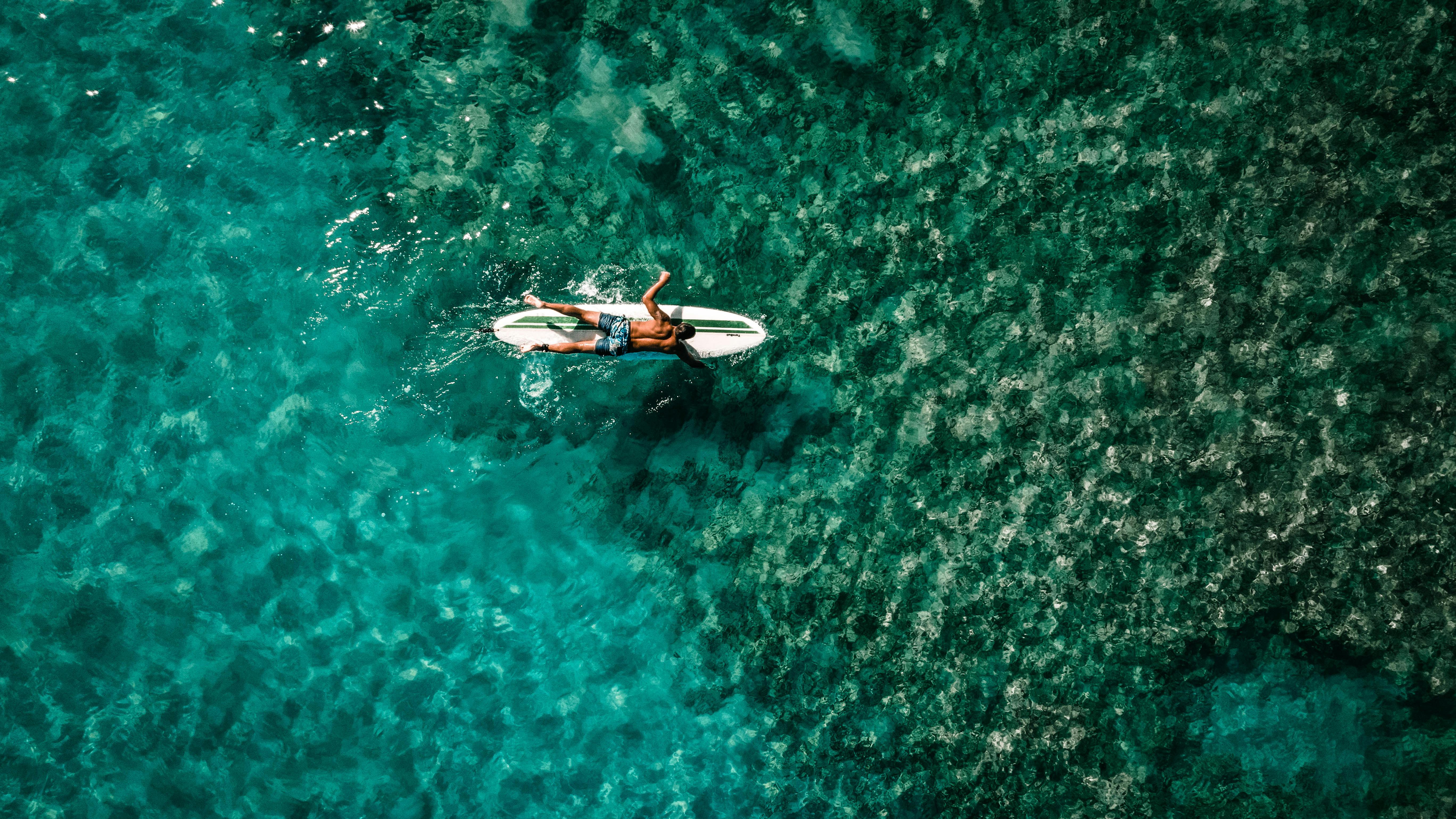Tetra Splash Fact Sheet
A fish with extraordinary reproductive behavior.
The “splashing tetra”, “Arnoldi Copeine”It is like many of the most peaceful tetras to keep, but its reproductive behavior is extraordinary. This is described near the end of this article.
This beautiful fish comes from South America, including the lower Amazon and Paru rivers. It grows to a length of about 3 inches (7 cm) and will live for 3 years.
Other common names it has been called include “Splash Tetra”, “Jumping Characin”, “Spraying Tetra”, “Arnolds Splashing Tetra”, and “Spraying Characin”. Some other scientific names that have been used for this fish are “copeina arnoldi”“copein callolepis”“Copeina eigenmanni”“filamentous pyrrhulina” and “Pyrrhulina rachoviana”.
water conditions
The natural habitat of the Splashing Tetra is warm tropical. Unlike some of the upper Amazon fish, which sometimes feed on meltwater and can take a drop in temperature, the Splashing Tetra cannot handle lower temperatures very well. The Splashing Tetra can handle the 75 degrees F (24 degrees C) I usually recommend for a mixed tank of tropical fish, but this is the lowest temperature I would suggest for this fish.
Neutral pH is fine and a moderate amount of hardness does not seem to harm this fish.
food
The Splashing Tetra’s preferred food is small live food, including aquatic insect larvae and daphnia. They will also eat most normal aquarium fish foods and frozen bloodworms.
companions
The Splashing Tetra is happy with other small peaceful fish such as Neon Tetras, Cardinal Tetras, Green Neon Tetras, White Cloud Mountain Minnows, Cherry Barbs, Penguin Tetras, Pristella Tetras, and Glowlight Tetras. They would probably agree with the Siamese fighting fish as well.
I would be a little more cautious about putting them with slightly more aggressive fish like Red Eye Tetras, Silvertip Tetras, Gold Barbs, Rummy Nose Tetras, Scissortail Rasboras, Lemon Tetras, Emperor Tetras, Head and Tail Light Tetras, Glass Bloodfin Tetras, Swordtails, Platies , Mollies, Zebra Danios, Black Widow Tetras, Rosy Barbs, Tiger Barbs, Paraguay Tetras, Buenos Aires Tetras Colombian Tetras; though these may well be fine with Splashing Tetras.
sexed
Males grow slightly larger than females. The female, when she is in breeding condition, is plumper than the males. Some people believe they can see the actual eggs inside a female with eggs, although I have never seen this.
Breeding
The reproductive behavior of the Splashing Tetra is extraordinary. They don’t even lay eggs in the water. A pair of Splashing Tetras will be together under leaf-bearing vegetation a few inches above the surface of the water. Once they are ready they will jump on the sheet, holding for a few seconds. The female lays eggs while the male fertilizes them. The fish fall. This is repeated until the female has laid all her eggs. This could be up to 200 although it is usually less.
The male drives the female away; and for the next day and a half he regularly sprinkles the eggs on the leaf, keeping them moist. The eggs hatch and the babies are washed away by the splashes and quickly find hiding places among the plants in the water.
If you can set up the breeding tank fairly specialized, with lots of plants, including ones with good-sized leaves out of water, this fish is a ready breeder.
Babies are small and will eat infusoria (protozoa) at first. A good supply of small live foods is an important factor in successfully raising babies. Babies should soon be big enough to eat. daphnia.
